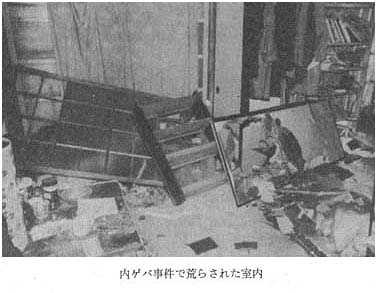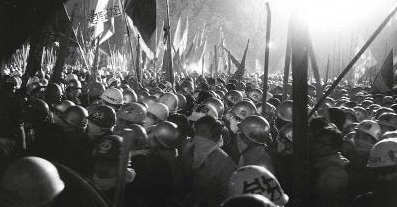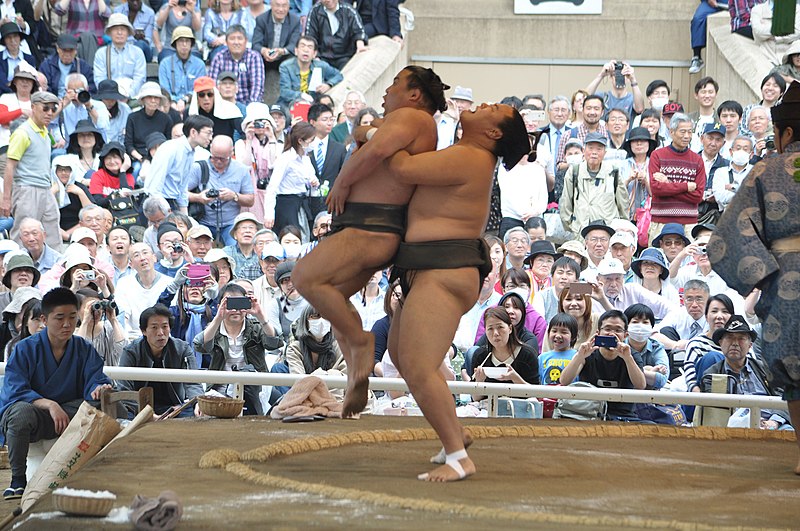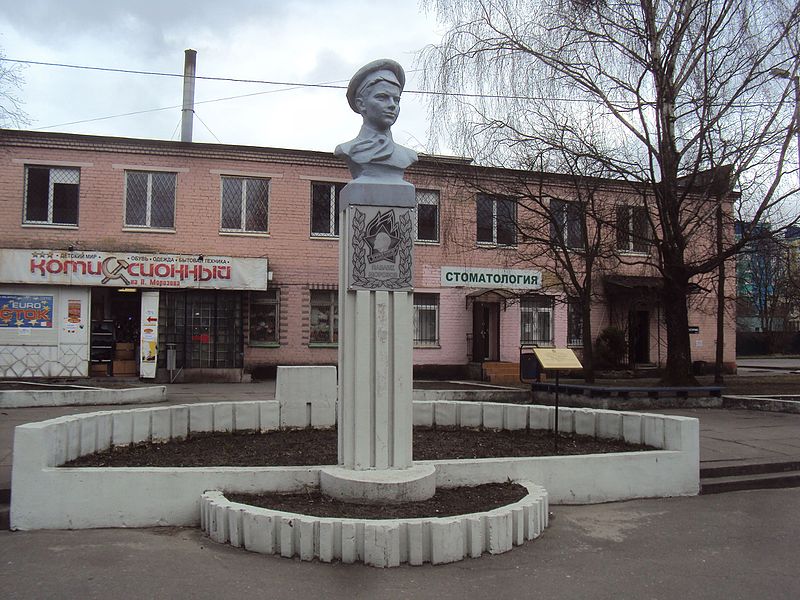We’re looking at the implosion of the Japanese New Left with a focus on the factional conflicts of the Zengakuren. How did a student youth movement end up divided into 20+ factions, the two largest of which engaged in a multi-decade war of assassination and street violence against each other? And how might that be connected to the general decline of Japan’s left-wing opposition more broadly?
We’re starting the year off with a civil law case involving some very uncivil language. One of our nation’s most important legal battles over the First Amendment was a battle between a Nyquil-chugging preacher and an American flag diaper-wearing porn publisher. Does the right to free speech protect your right to be really, really gross?
We’re looking at a very different kind of 60s protest movement: an attempt to build a cross-sectarian, non-ideological movement to oppose the American war in Vietnam. How did the anti-Vietnam War movement emerge in its Japan, and how did it simultaneously grow to a massive size and fail to have any appreciable political impact?
On a lonely island off the coast of North America, one man shot another man’s pig for eating his potatoes. The legal question of who had the right to arrest him nearly upset the fragile peace between two nations.
The Zenkyoto movement arrives at Japan’s largest private school. Plus: how did a movement that grew so big so quickly fall apart just as fast?
We’re beginning a month on radical activism in the 1960s with a look at the student uprisings of 1968. Today is all about where those uprisings came from, how they’re related to the “two Zens” of the 1960s, and the specific example of the University of Tokyo, where a debate about student medical internships turned into a violent and bloody battle between leftist student groups.
While Japanese officials were investigating a case of illegal baseball betting, they uncovered a shocking secret about the integrity of one of the country’s most famous sports. Who actually runs the world of sumo, and why would some of the most elite athletes in the world feel so much pressure to fix their matches?
A long-requested dive into the ronin police force known as the Shinsengumi. Who were the members of this group, and how, despite their rather marginal role in the history of the 1860s, have they become one of the most famous organizations in Japanese history?
This week is all about a biography of a fascinating figure of the Meiji Restoration: Oguri Tadamasa. But it’s also about much more: about how the present shapes our view of the past, and about how, as a result, the ways we talk about someone long dead can shift and change as well.
In the Soviet Union, snitches got statues. But was the story of a brave little Communist who was murdered by his own family just a little too good to be true? And if the famous campfire tale was a fabrication, who really killed the Morozov boys?








